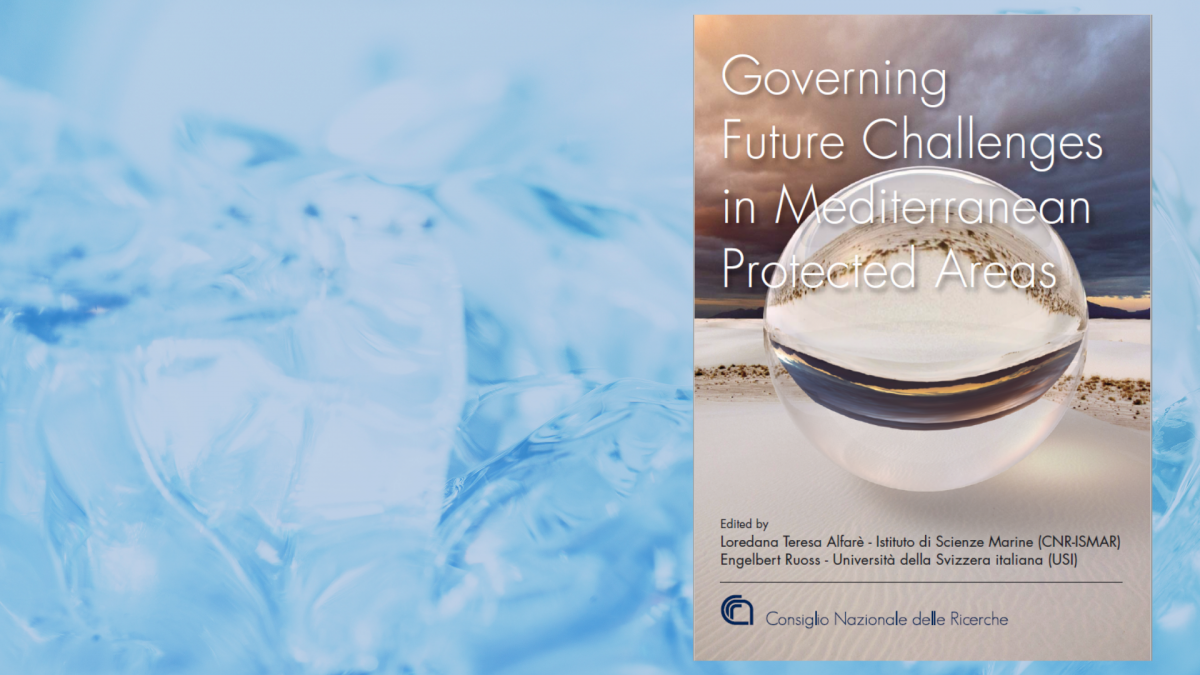A new report about management of the protected areas in the Mediterranean was recently published by Institute of Marine Science ISMAR of the National Research Council CNR in collaboration with Swiss Italian University We are pleased to announce that the work of our Association is taken as one of the good examples and best practices of the management and monitoring of the marine pollution in UNESCO world heritage areas.
The report titled “Governing future challenges in the Mediterranean protected areas” shows current systems of governance and management of protected areas, evaluating their suitability to face future challenges, providing benefits to both local communities and the environment. Publication aims to respond in which way marine and terrestrial protected areas such as biosphere reserves, natural and cultural world heritage sites, Natura 2000 areas, national and regional parks, and marine observatories increase their response mechanisms?
This volume is for practitioners and scientists providing narratives and numerous recommendations on how to transform and improve existing governance and management systems of Marine and Coastal Protected Areas (PA), including UNESCO designated sites. Special focus is given to marine litter and plastics pollution. In particular, the contribution of a pool of scientists and practitioners coordinated by Venice Lagoon Plastic Free, under the title “Macro and Microplastics Pollution in the World Heritage Site of Venice at Glance and Prospects for Remediation”, frames the problem and introduces the potentialities of In-No-Plastic and its twin sister MAELSTROM to cope with the rising tide of plastics in the World Heritage Site of Venice and its Lagoon.
The volume takes into consideration new paradigms related to the protection of the marine environment, by providing recommendations for the transformation of the governance and management systems of these sensitive areas through the use of an adequate GMS (Governance Management System), based on a real participatory approach and on the balance between the conservation and development strategies.
The publication is available on the following link.
